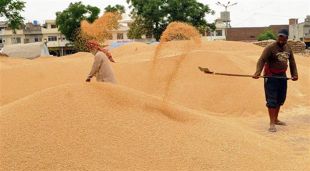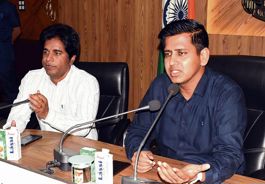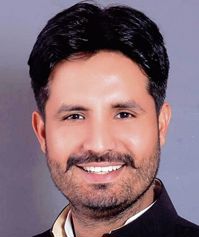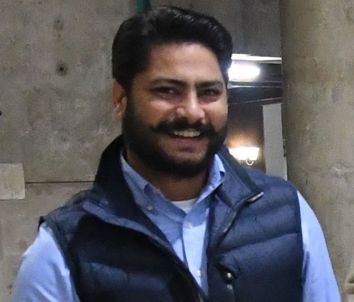
Mahanayak by Vishwas Patil Translated by Keerti Ramachandra. Eka, An Imprint of Westland Pages 596. Rs 799
Pankaj Kumar Deo
It is said that often times nothing is true in a book of history except for the names, dates and places, whereas in a book of fiction, everything is nearly true except for the names, dates and places. So, when a combination of the two — history and fiction — appears as a novel based on the life of someone like Subhas Chandra Bose, one tends to suspend one’s sense of disbelief and immerse oneself in the flow of the narrative. And quiet flows the narrative woven around Subhas Chandra Bose’s life full of daring deeds, as the reader readily places his faith in Vishwas Patil’s thriller-like storytelling of our freedom struggle in Mahanayak, translated from Marathi into English by Keerti Ramachandra.
The book starts with a flashback to the 1857 rebellion and then switches back to the Red Fort trial of the INA triumvirate — PK Sahgal, GS Dhillon and Shah Nawaz Khan — that brings into focus the legacy of Bose. Both the events, the 1857 rebellion and the formation of the INA, shook the very foundation of the British Empire; the Indian soldier’s loyalty couldn’t be taken for granted anymore. And that dealt the final fatal blow to the British Empire.
Bose, unlike Mahatma Gandhi, believed that the end justifies the means. So, he did not hesitate to take the help of Britain’s wartime foes, Germany, Italy and Japan, to form the Indian National Army, comprising Indian prisoners of war. Bose declared a war against the British government in India and marched towards Delhi with his INA. His slogan ‘Dilli Chalo’ reverberated across the nation on radio and inspired Indian youths to make the supreme sacrifice for their country. Bose believed freedom cannot be earned by non-violence. While his march towards Delhi earned him the adoration of many in the country, he was condemned by many, including prominent Congress leaders. The British saw Bose and his INA personnel as outright traitors.
The book resurrects many forgotten characters of history, such as Bhulabhai Desai who fought the legal case on behalf of the three celebrated INA prisoners. As Desai presents his arguments, the reader gets an insight into what India’s national mood was at the time and most of all, the aura of Bose. Of all the myths that persist around Bose, the one about his death is most extraordinary. For, Bose was seen as a saviour by many who awaited his second coming to redeem his pledge to free the nation from misery in the true sense even decades after his reported death.
And that raises the question that has plagued historians to this day: What would have been India’s history had Bose succeeded in his expedition? Bose was a die-hard opponent of Partition, and the kind of reception that Sahgal, Dhillon and Shah Nawaz were accorded by millions of masses across regions and religions in the twilight of the British rule, showed the grip Netaji had over the Indian psyche.
The book recreates all the highs and lows life of Bose’s life in the context of the freedom struggle, and the dramatis personae — a who’s who of that era — are presented quite convincingly.
As the story unfolds further, we see Gandhi and Subhas as two extreme ends of the political spectrum. Both acknowledge each other’s commitment to India’s freedom; both respect each other’s potential; however, both disagree vehemently on the mode of achieving their common goal. The events related to Congress Tripuri Session 1939 are narrated in detail to acquaint the readers with all that transpired before Bose decided to quit the Congress party.
However, the book, despite being a novel, does not present the characters in a black and white binary. Bose does take centre stage, but other luminaries of the freedom movement, even those opposed to Bose, are given their due. Nobody is reviled, and the best of all, the book does not peddle the story of his survival. The book, in its concluding pages, describes the plane crash that led to Bose’s death in Taiwan in August 1945.
The tome makes for a fascinating reading as Bose’s life in childhood, his emergence as a youth icon in the Congress party, his patriotism, his love for Emilie Schenkl and his zeal to continue working for India’s freedom till his last breath are presented in translucent prose with captivating details. A must-read for history buffs and admirers of Bose.



























